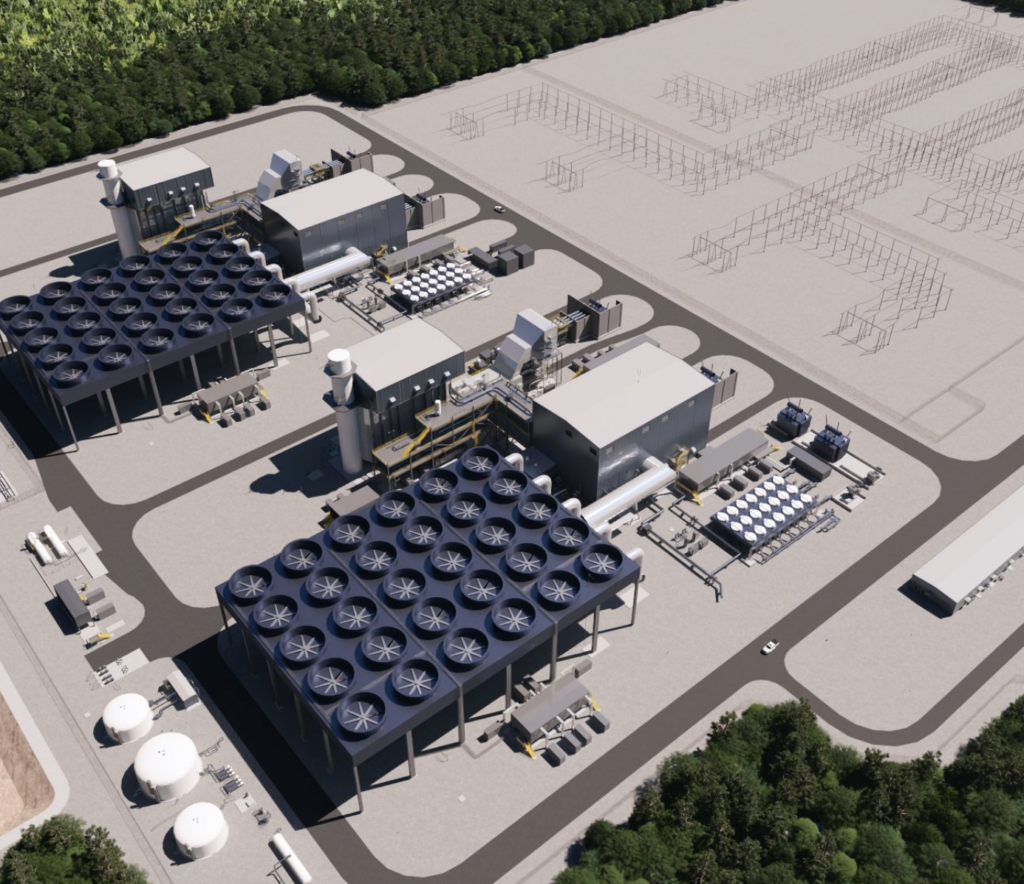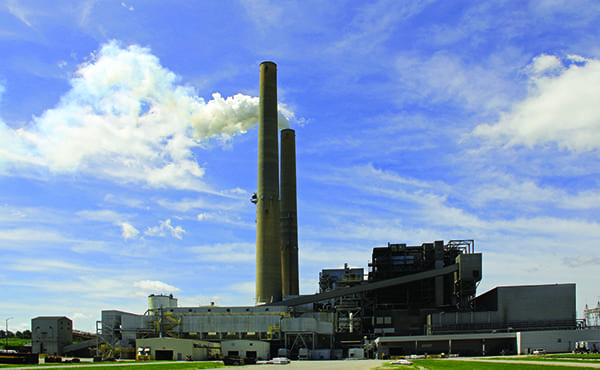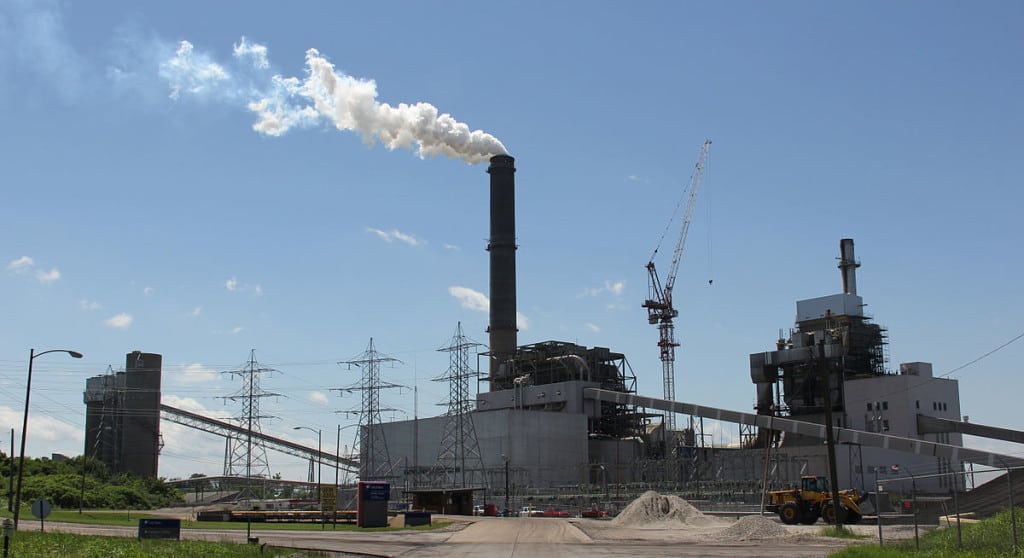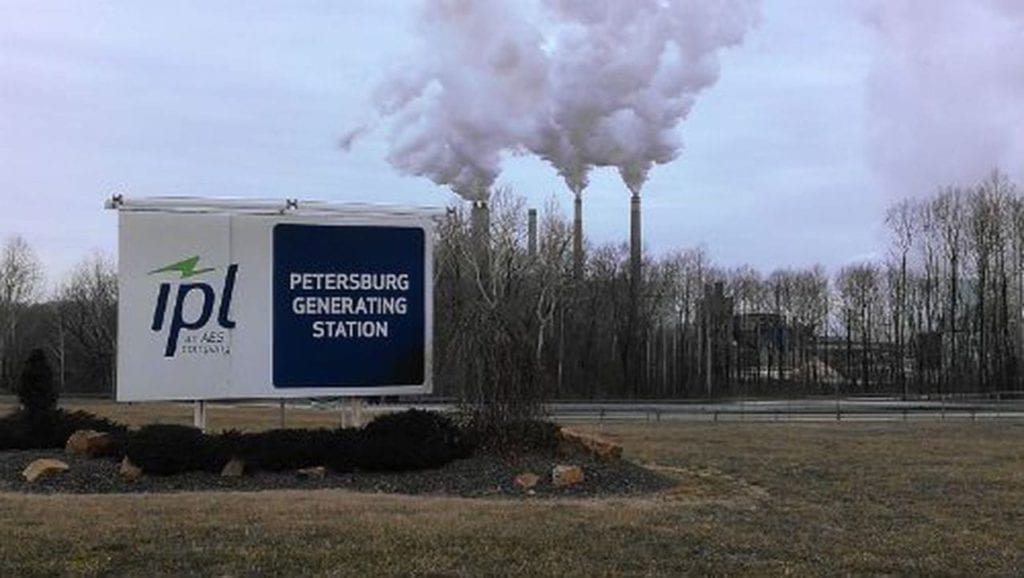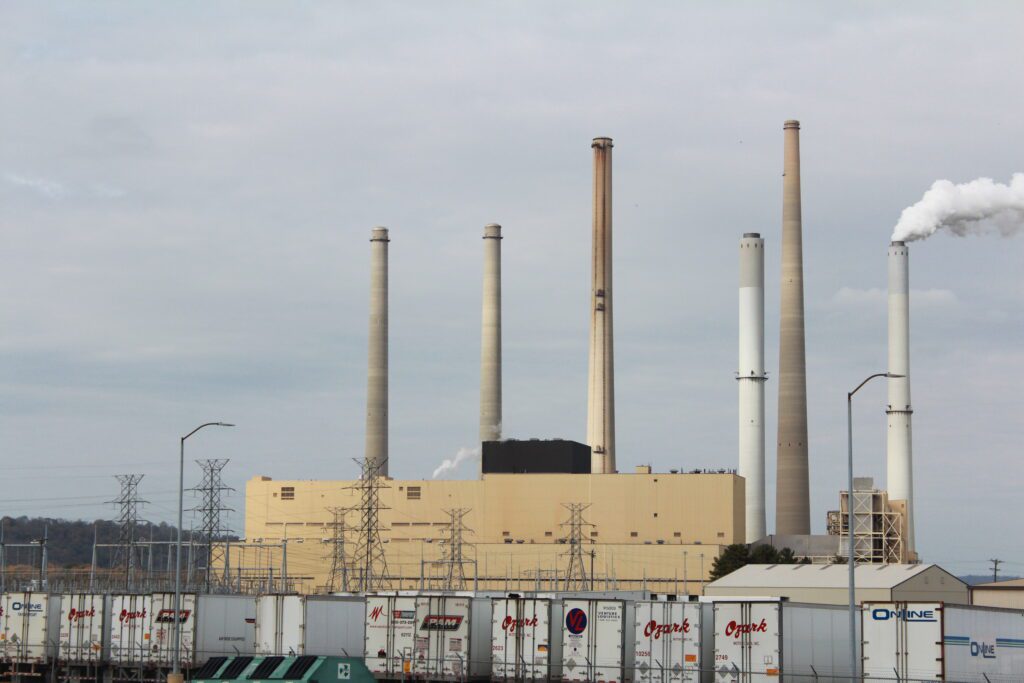An Indiana utility has confirmed it will close three coal-fired power units, replacing that generation with a proposed natural gas-fired facility along with additional solar power.
Evansville, Indiana-based Vectren Corp., a holding company whose assets include Vectren Energy Delivery of Indiana-South, on February 20 released its Smart Energy Future strategic plan, designed to reduce Vectren’s carbon emissions by at least 60% from 2005 levels to comply with Environmental Protection Agency (EPA) regulations.
Vectren first talked about retiring coal-fired units in late 2016, a surprising move in a state that has long relied on coal for the bulk of its power generation, ranking second behind Texas in total coal consumption as recently as 2016, according to the U.S. Energy Information Administration (EIA). However, EIA notes how coal’s share of the state’s total electric power generation has fallen in recent years, and after decades of receiving more than 90% of its power from coal—as much as 98% in 1998—Indiana now receives about 71% of its electricity from coal, according to EIA data from 2016.
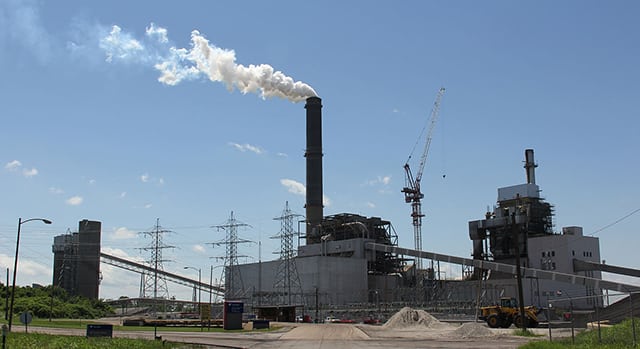 |
| The F.B. Culley power plant near the Ohio River in Indiana will continue to burn coal at its 270-MW Unit 3, according to Vectren. Courtesy: Creative Commons / Peter Burzynski |
Vectren’s announcement comes as other Indiana utilities have recently retired large coal-fired units or announced they soon will. Indianapolis Power & Light (IPL) stopped burning coal at its 1,000-MW Harding Street Station in Indianapolis in February 2016. The plant began operations in 1931; the end of burning coal came when Unit 7 was converted to natural gas after a two-year effort. IPL also retired six coal units at its Eagle Valley Station near Martinsville, Indiana, in 2016, replacing 302 MW of coal-fired generation with a new 671-MW combined cycle gas plant.
Northern Indiana Public Service Co. said it will retire its coal-fired 604-MW Bailly Generating Station plant in Chesterton, Indiana, in 2018, along with at least two of its four coal-fired units at the R.M. Schahfer Generating Station in Wheatfield, Indiana, in 2023.
The Vectren plan proposes an additional 50 MW of solar power capacity, and the utility has filed an application with the Indiana Utility Regulatory Commission to build an 800-to-900-MW natural gas-fired plant on the site of the existing A.B. Brown coal-fired plant southwest of Evansville in Posey County on the Ohio River.
The 700-MW Brown plant has two, 245-MW coal-fired units that will be retired. The plant also has two 88-MW natural gas-fired units that will continue operating. The units at Brown came online between 1960 and 1970.
Vectren also will close the 90-MW coal-fired Unit 2 (built in 1966) at its F.B. Culley Generating Station in Warrick County, and will end its co-ownership of 150 MW of Unit 4 at the Warrick Generating Station, located downstream of Culley on the Ohio River near Newburgh, Indiana. Alcoa fully owns three of the four generating units at Warrick. The changes would leave Vectren with just one operating coal-fired unit, the 270-MW Unit 3 at the Culley plant, which began operating in 1973. It previously closed the 46-MW coal-fired Unit 1 at Culley in 2006; that unit came online in 1955.
Carl Chapman, the chairman, president, and CEO of Vectren, in a statement said, “The unfolding of Vectren’s Smart Energy Future plan illustrates how our company is transforming the way it produces and delivers power to become a next generation energy company. This decade-long generation portfolio transition will meet growing demand to provide cleaner energy for our region while maintaining the reliability our customers deserve and have come to expect.”
The natural gas-fired combined cycle facility has an estimated price tag of $900 million, which includes construction of a natural gas pipeline to supply the plant. Vectren said its proposed solar farm would be located on about 300 acres in its southwestern Indiana service area and would feature more than 150,000 solar panels.
Vectren said the plan would deliver on the outcome of its Integrated Resource Plan filed with the state in December 2016. In his statement, Chapman said, “Through energy efficiency programs, retirement of a smaller inefficient coal-fired unit, expiration of municipal sales contracts, and efforts to improve the efficiency of our generation turbines, we have already reduced carbon emissions by more than 30%. [These] announcements double those reductions by 2024, and ensure we remain focused on our environment while continuing to provide our customers safe, reliable and reasonably priced energy.”
The company said that following state approval it expects the gas plant will come online in 2023. It said the solar farm, with an estimated construction cost of $70 million to $75 million, would be operational by 2020.
The new solar array will be in addition to Vectren’s two 2-MW projects that will be built this year to serve municipal needs in Vanderburgh County and Evansville. Vectren also wants to retrofit Unit 3 at Culley with equipment to remain in compliance with EPA rules on coal ash and wastewater handling.
Chapman said Vectren would “expect to use the same level of southwestern Indiana coal to help meet our customers’ energy demand” over the next few years as the new gas plant is built. He also said “local coal will continue to be used to fuel Culley Unit 3 even after the new natural gas plant is operational in 2023.”
According to the Indiana Department of Natural Resources, the state produces on average 32 million to 35 million tons of coal each year, ranking eighth among states in terms of annual production, according to the EIA. The Indiana Coal Council says most of that coal comes from 24 coal-mining operations in 10 southwestern Indiana counties.
—Darrell Proctor is a POWER associate editor (@DarrellProctor1, @POWERmagazine).


